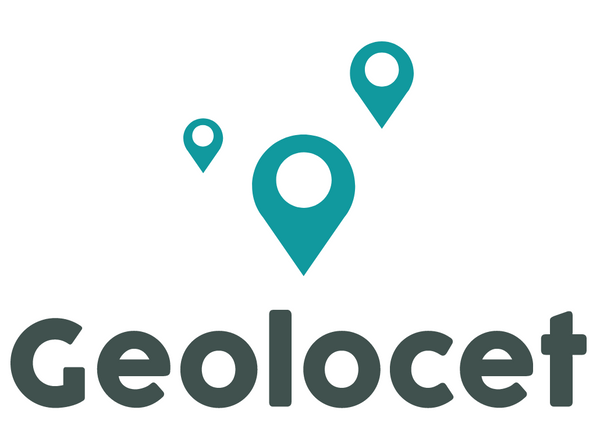Table of Contents
- Introduction
- Understanding Location Intelligence
- Use Cases of Location Intelligence in Product Development
- Benefits of Location Intelligence in Product Development
- Conclusion
Introduction
In today’s rapidly evolving market, the application of Location Intelligence (LI) in product development is becoming increasingly critical. By leveraging location-based data, businesses can make informed decisions that enhance product offerings and improve customer satisfaction. This blog post explores various use cases and benefits of integrating Location Intelligence into product development strategies.
Understanding Location Intelligence
Location Intelligence refers to the process of deriving meaningful insights from geospatial data. By analyzing data that includes geographic locations, businesses can gain a deeper understanding of market dynamics and consumer behaviour. This includes integrating various data types such as demographics data, administrative boundaries, wealth data, and points of interest (POI) data to inform decisions.
Use Cases of Location Intelligence in Product Development
Market Analysis and Segmentation
By using geospatial data, companies can conduct thorough market analyses that identify different segments within a region. This information allows businesses to tailor their products to meet the specific needs and preferences of diverse customer groups. For example, a beverage company might discover that consumers in urban areas prefer healthier options, while those in suburban regions lean towards traditional sugary drinks. By understanding these nuances, companies can prioritize product features that resonate with each segment, ultimately driving sales and customer loyalty.
Target Audience Identification
Understanding the demographics of a specific location enables companies to pinpoint their target audience effectively. By analysing factors such as age, income levels, and lifestyle preferences, businesses can design products that resonate with their intended market. For instance, a tech company could identify a higher concentration of young professionals in a metropolitan area, leading to the development of a new app tailored to that demographic. This targeted approach ensures that marketing efforts are efficient and that product offerings meet the actual needs of consumers, resulting in higher engagement and conversion rates.
Product Customization and Localization
The integration of geospatial data allows companies to customize products based on local preferences and cultural factors. For instance, a fast-food chain can modify its menu offerings to cater to regional tastes, ensuring that products align with local culinary traditions and dietary restrictions. This approach not only increases customer satisfaction but also fosters brand loyalty as consumers feel that their local preferences are recognized and valued. Continuous assessment of regional trends allows companies to adapt their product offerings, ensuring relevance in diverse markets.
Trend Analysis
By leveraging Location Intelligence, companies can analyze spatial trends that influence product development. This involves examining shifts in consumer preferences, economic conditions, and demographic changes over time. For instance, an outdoor gear company might notice a growing interest in eco-friendly products in certain regions. By responding to these trends with innovative product designs, companies can position themselves as industry leaders and cater to evolving consumer demands effectively. This proactive approach allows businesses to capitalize on opportunities before competitors do.
Feedback Loop
Location Intelligence can also facilitate the creation of a feedback loop that informs ongoing product development. By monitoring sales data and customer feedback within specific geographic areas, companies can identify strengths and weaknesses in their products. For instance, if a product receives positive feedback in one region but struggles in another, businesses can analyze the local context to make necessary adjustments. This iterative process allows companies to refine their offerings continuously, ensuring they remain competitive and relevant in a dynamic market.
Benefits of Location Intelligence in Product Development
- Data-Driven Decision Making: Location Intelligence provides businesses with actionable insights, enabling them to make informed decisions based on empirical evidence rather than assumptions.
- Enhanced Customer Understanding: By analysing demographic data and consumer behaviour patterns, companies can gain a comprehensive understanding of their customers’ needs and preferences.
- Improved Product Relevance: Customizing products to meet local preferences ensures greater customer satisfaction and loyalty, enhancing brand value.
- Increased Innovation: Understanding market trends allows companies to innovate more effectively, creating products that resonate with target audiences.
- Tailored Marketing Strategies: By understanding the target audience’s geographic and demographic characteristics, businesses can craft more effective marketing campaigns that resonate with potential customers.
Conclusion
Incorporating Location Intelligence into product development strategies provides businesses with a competitive edge in today’s market. By leveraging various data types, including demographics data, administrative boundaries, wealth data, and points of interest data, companies can make informed decisions that enhance their product offerings and drive business growth.

